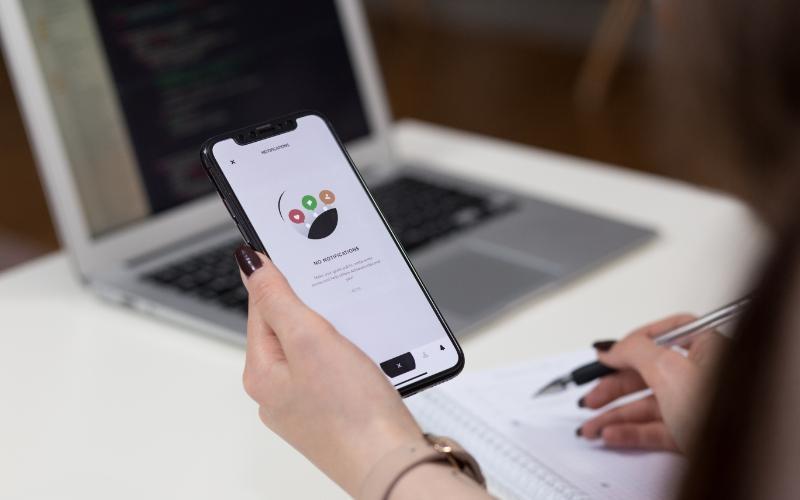Why should you always test your design on users first?

When thinking about user research, many people first think of classic usability testing. Although usability testing only ensures that your design is easy to use, it is certainly an important part of user research. But there are many other types of user research that are essential for working in a user-centric process.
What is user research?
Before we look at the reasons for doing user research, let's talk briefly about what we mean by 'user research' or 'design research' as it is sometimes called. User research covers a wide range of methods. It can mean anything from doing ethnographic interviews with your target audience, to classic usability studies, to quantitative measures of return on investment (ROI) on your user experience design. What all user research has in common is that it puts people at the center of your design process and your products. You use user research to inspire your design, evaluate your solutions and measure your impact. User research (and other types of research) is often divided into quantitative and qualitative methods.
Surveys and formal experiments are examples of quantitative research tools. Quantitative user research methods attempt to measure user behavior in a way that can be quantified and used for statistical analysis.
Interviews and (to some extent) usability testing are examples of qualitative research tools. These are often more exploratory and seek to gain an in-depth understanding of the experiences and daily lives of individual users or user groups.
Each research method has advantages and disadvantages. As such, they can all be used to achieve different goals. Which method you choose depends on what you want to achieve and a number of practical matters, such as the type of project you are working on, your budget and your time constraints. With that in mind, let's look at some different reasons why you should involve users in your design process.
Why conduct user research?
01
Creating designs that are truly relevant
The most fundamental reason for doing user research is that it is the only way to understand the people who will use your design. Understanding your users helps you create designs that are relevant to them. If you don't have a clear view of your users, you can't know if your design is relevant. A design that is not relevant to its target group will never be a success.
02
To create designs that are easy and pleasant to use
All products should have a high degree of usability (aka be easy to use), and user testing can be a big help in achieving that. Long gone are the days when programmed technology was a tool only experts could use. People expect products to be easy to learn and easy to use. They expect to pick them up and do things with them, while all they think about is what they hope to achieve, and don't have to think about the products themselves. If your user experience isn't good, chances are people will move on to another product. Unless you work in a field without competitors, a high level of usability (and a high-quality user experience to match) is essential to making any product a commercial success. Not to mention, your users will love you for creating a great user experience. Even if you design products for, for example, a highly specialized work environment where users have no alternatives, products with a high degree of usability will make work processes faster, safer and more efficient.
03
To gain insight into the return on investment of your UX design
While the importance of good design is widely recognized, UX designers and researchers still find themselves fighting for resources to enable them to do their work. Directors and shareholders sometimes don't see the value in investing in user research and UX design. UX design and user research is not as tangible as, for example, new features or fixing software bugs. So, overlooking their value can be done all the more easily.
When resources become scarce, UX is also often one of the first areas where budget cuts can be experienced. The reason is that the consequences are not as immediately felt as when you save in development or similar areas. If you make cuts in software development, for example, you can immediately see that the consequences are that you cut back on features or use buggy software. However, if you cut corners in UX, you won't suffer the consequences until your product reaches your users. While we can easily argue for the value of great UX, it's much more effective if we can demonstrate it. This is where studies to show the return on investment (ROI) on UX efforts are worth their weight in gold (or the weight, at least, of the prints). If you can demonstrate that the changes you made to the design generated more revenue, attracted a greater number of customers, or made work processes more efficient, you have a much stronger case for investing in UX.
User studies to measure the effect of your design are usually quantitative and can take different forms. During development, you can run A/B tests that compare different versions of your design, or you can run studies after your product is released to measure differences in usage patterns. With apps and web pages, you often build different types of analytics to inform you about different user patterns.
Ready for the next step?
Contact us!